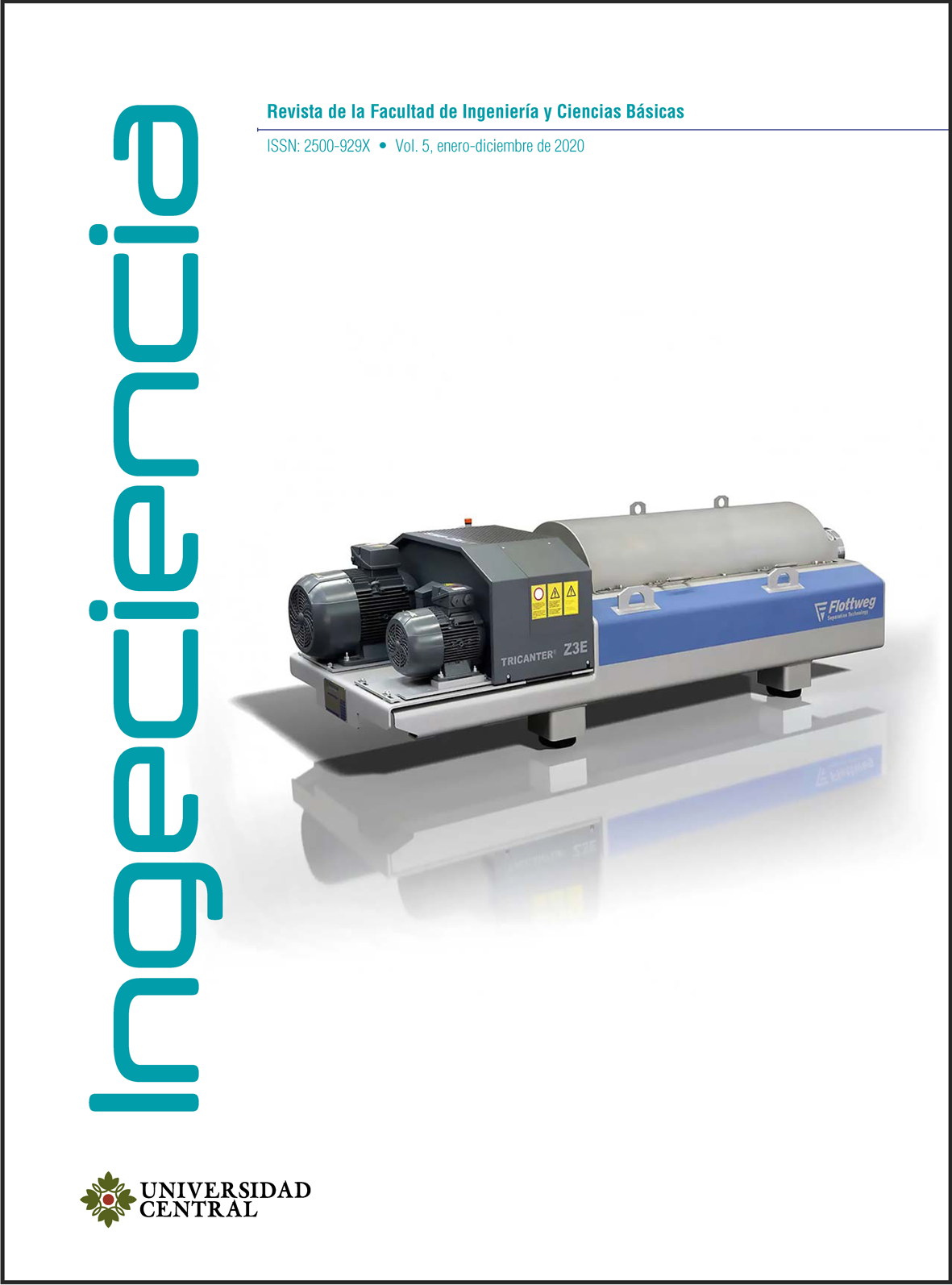Modelación en sistemas dinámicos del cambio del uso del suelo por cultivos de palma de aceite para producción de biodiésel en Colombia
Conteúdo do artigo principal
La creciente demanda de la producción de aceite de palma ha implicado un cambio directo e indirecto en el uso del suelo, lo cual influye en el balance de la captura de carbono, principalmente por el cambio de bosques a tierras con cultivos de palma. Dado que Colombia es el primer productor de aceite de palma en América Latina y el quinto en el mundo, es necesario analizar la sostenibilidad de la producción en la etapa del cultivo. Para ello, se realizó una modelación en dinámica de sistemas con datos históricos entre 2012 y 2018. Se concluye que es necesario aumentar el rendimiento en la producción del aceite de palma y que el principal tipo de cambio de uso de suelo debe ser de tierras degradadas a tierras de palma, en lugar de aquellas que involucren tierras ganaderas. Además, el Gobierno debe incrementar la reforestación anual mínimo en 60 %. Implementar estas alternativas no afecta la economía del sector palmero, de manera que es una alternativa sostenible que no genera pérdidas para la industria.



